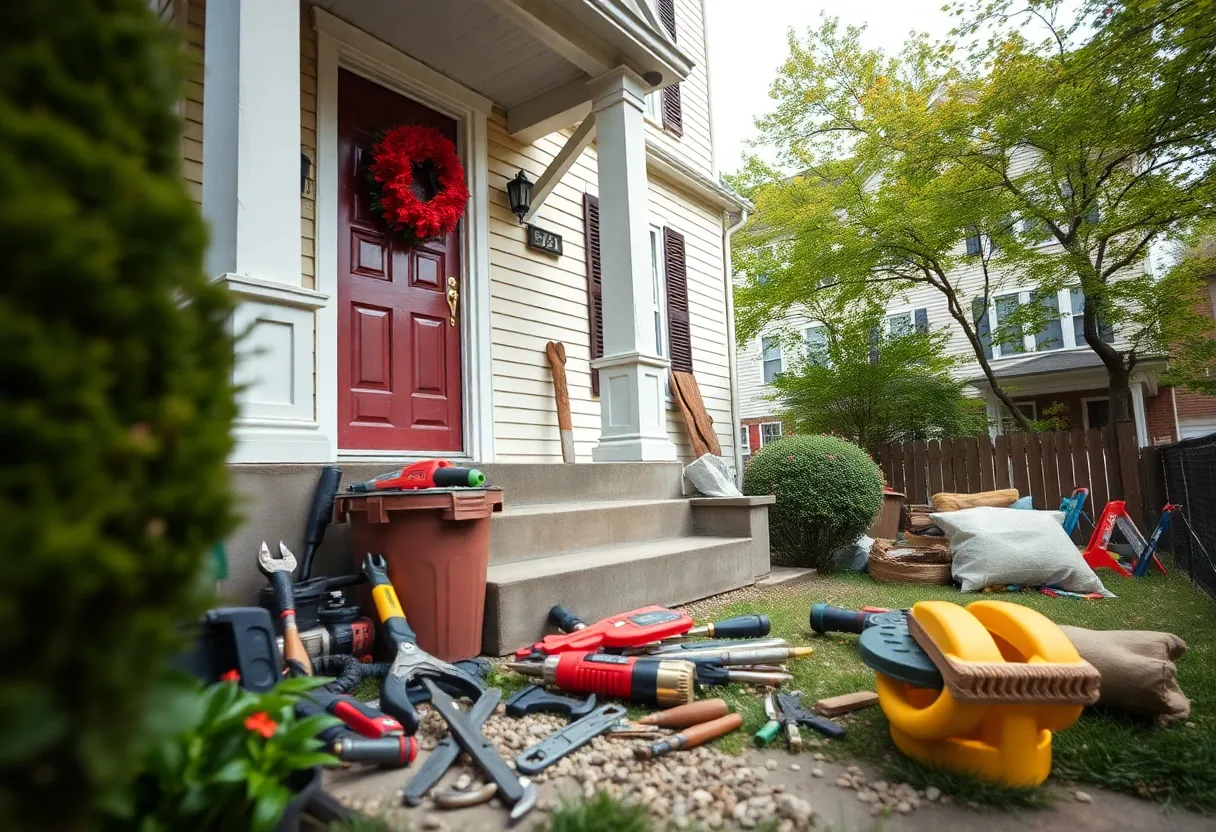10 Insider Tips for Navigating the Home Inspection Process as a First-Time Buyer
Purchasing a home is a significant milestone, especially for first-time buyers. Central to this process is the home inspection, a detailed evaluation that can uncover potential issues, confirm property value, and influence negotiations. Navigating this phase with confidence ensures you make informed decisions rooted in clarity and professionalism.
Understand the Purpose and Scope of a Home Inspection
A home inspection is a comprehensive assessment conducted by a qualified inspector to evaluate the condition of a property. It covers various components, including the foundation, roof, HVAC systems, electrical wiring, plumbing, and structural elements.
Clear comprehension of what an inspection entails prevents misunderstandings. It’s essential to recognize that inspectors do not usually evaluate cosmetic issues or provide estimates for repairs unless explicitly specified. Their primary goal is to identify significant defects that may affect safety or functionality.
As a first-time buyer, understanding the extent and limitations of the inspection equips you to focus on critical findings and plan accordingly.
Step 1: Choose a Qualified and Experienced Inspector
Research credentials and reputation
An inspector’s expertise significantly impacts the quality of the assessment. Confirm they possess relevant certifications from recognized home inspection organizations. Look for inspectors with substantial field experience and positive references from past clients.
Verify licensing and insurance
Many jurisdictions require specific licensing. Ensure your inspector holds valid credentials and liability insurance. This protects you from potential liabilities and assures professionalism.
A thorough review of an inspector’s track record reflects their commitment to quality. Don’t hesitate to request examples of past inspections or references.
Step 2: Attend the Inspection
Participate actively during the process
While inspectors typically conduct the evaluation independently, being present allows you to ask real-time questions. It fosters a better understanding of the property’s condition.
Take notes and ask targeted questions
Request explanations about issues identified and recommended next steps. Clarify the severity, potential costs, and urgency concerning repairs or further evaluations.
Active engagement ensures you are fully informed, making subsequent negotiations or decisions more tangible and based on actual findings.
Step 3: Familiarize Yourself with Common Findings
Focus on critical issues
Significant problems often involve the foundation, roof integrity, electrical hazards, plumbing leaks, or mold. Understanding what constitutes a serious defect can prioritize your response.
Recognize minor issues
Minor concerns, such as chipped paint or loose fixtures, usually do not demand immediate action but should be documented. Being aware of non-urgent repairs helps in planning post-sale improvements.
Step 4: Review the Inspection Report Carefully
Request a detailed written document
The report should be thorough, including clear descriptions, photographs, and recommendations. Scrutinize the report for accuracy and comprehensiveness.
Identify critical vs. non-critical issues
Distinguish between deal-breakers and minor repairs. This prioritization influences negotiations and your future maintenance plan.
Step 5: Leverage Inspection Findings During Negotiations
Use findings strategically
If significant defects are identified, you can request repairs, credits, or price reductions. Present documented issues — with photographic evidence — to support your requests.
Maintain professionalism and flexibility
A balanced approach allows for reasonable negotiations. Be prepared to discuss options but avoid unreasonably insisting on every repair unless it threatens safety or structural integrity.
Step 6: Seek Second Opinions When Necessary
Engage specialists for complex issues
Problems like roofing, electrical, or HVAC issues may warrant expert evaluations. This ensures accuracy in diagnosis and repair estimates.
Confirm major findings independently
If the inspector flags critical issues, obtaining a second opinion from a qualified specialist can validate the findings and prevent over- or under-estimating repair needs.
Step 7: Understand Insurance and Warranty Implications
Recognize what home warranties cover
Some repairs or systems may be covered under warranty programs or home insurance policies. Clarify coverage details to plan financially for ongoing maintenance or repairs.
Assess long-term implications
Major issues like foundation problems or outdated wiring may influence your insurance premiums or future claimability. Incorporate these considerations into your decision-making process.
Step 8: Plan for Future Repairs and Upgrades
Establish a maintenance schedule
Use inspection findings to create a comprehensive upkeep plan. Regular maintenance prevents future defects and prolongs the property’s lifespan.
Budget effectively
Allocate funds for anticipated repairs, especially for issues flagged as urgent or substantial. A clear financial plan ensures readiness and peace of mind.
Step 9: Communicate Clearly with All Parties
Coordinate with your real estate agent and seller
This dialogue ensures everyone understands inspection outcomes. Your agent can facilitate repair requests and negotiate terms based on the report.
Document all discussions and agreements
Keep records of correspondence related to inspection findings, repair agreements, or concessions. Transparent documentation safeguards your interests and clarifies expectations.
Step 10: Know When to Walk Away
Set clear thresholds
Prior to inspection, establish what constitutes unacceptable or deal-breaking issues. If critical problems surpass your comfort or budget limits, be prepared to explore other options.
Evaluate the overall condition and market value
Even with repairs, some properties may not align with your investment goals. Recognizing when to step back prevents overextending financially or emotionally.
Conclusion
Mastering the home inspection process as a first-time buyer empowers you to make informed, confident decisions. By understanding the scope, selecting qualified professionals, actively participating, and leveraging findings strategically, you minimize risk and maximize your investment.
Remember, a meticulous inspection is not just a formality — it is a fundamental safeguard in your homeownership journey. Approach it with diligence and professionalism, and it will serve as a solid foundation for your future residence.
Author: STAFF HERE BALTIMORE WRITER
The BALTIMORE STAFF WRITER represents the experienced team at HEREBaltimore.com, your go-to source for actionable local news and information in Baltimore, Baltimore County, and beyond. Specializing in "news you can use," we cover essential topics like product reviews for personal and business needs, local business directories, politics, real estate trends, neighborhood insights, and state news affecting the area—with deep expertise drawn from years of dedicated reporting and strong community input, including local press releases and business updates. We deliver top reporting on high-value events such as the Baltimore Book Festival, Preakness Stakes, and Artscape. Our coverage extends to key organizations like the Baltimore Chamber of Commerce and Visit Baltimore, plus leading businesses in shipping and healthcare that power the local economy such as the Port of Baltimore and Johns Hopkins Medicine. As part of the broader HERE network, we provide comprehensive, credible insights into Maryland's dynamic landscape.





